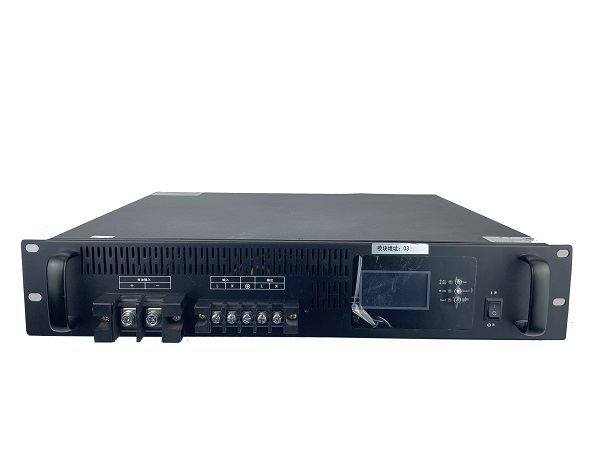The Difference Between Rotary and Stationary UPS
A rotary UPS primarily consists of a rectifier, battery, DC motor, inertial flywheel, AC generator,
The Difference Between Rotary and Stationary UPS
A rotary UPS primarily consists of a rectifier, battery, DC motor, inertial flywheel, AC generator, and diesel (gasoline) engine. When AC mains power is supplied, it is converted to DC by the rectifier to power the DC motor, which in turn drives the inertial flywheel and AC generator to power the load.
When the AC mains power is interrupted, the mechanical energy stored in the inertial flywheel continues to rotate the AC generator, using this stored energy to start the diesel engine. Once the diesel engine speed stabilizes and equals the AC generator speed, the diesel engine then drives the AC generator to power the load. This type of UPS is bulky and noisy. During normal operation, it converts electrical energy into mechanical energy and then back again, significantly reducing system conversion efficiency. However, this type of UPS could still meet the power requirements of loads at the time.

With the advancement of modern electronic technology, many AC-powered devices have placed higher demands on power supply quality and reliability. At the same time, with the rapid development of power electronics and high-power conversion technology, new high-power switching devices and integrated circuit controllers with superior performance and comprehensive functions have emerged. Power electronics professionals have continuously developed and mass-produced high-quality, highly reliable stationary UPSs that meet the needs of modern automation control, communications, and the operation and management of various networks.
Stationary UPSs operate on a fundamentally different principle from rotary UPSs. The key difference is that stationary UPSs do not involve mechanical energy conversion. Instead, they directly convert DC power or low-quality AC mains power into high-quality power that meets the requirements of AC devices.
Stationary UPSs can be divided into three types based on their operating mode between the mains and the load: online, backup, and interactive. Online UPSs have essentially dominated the UPS market in terms of operating principle, circuit composition, technical level, and usage.

